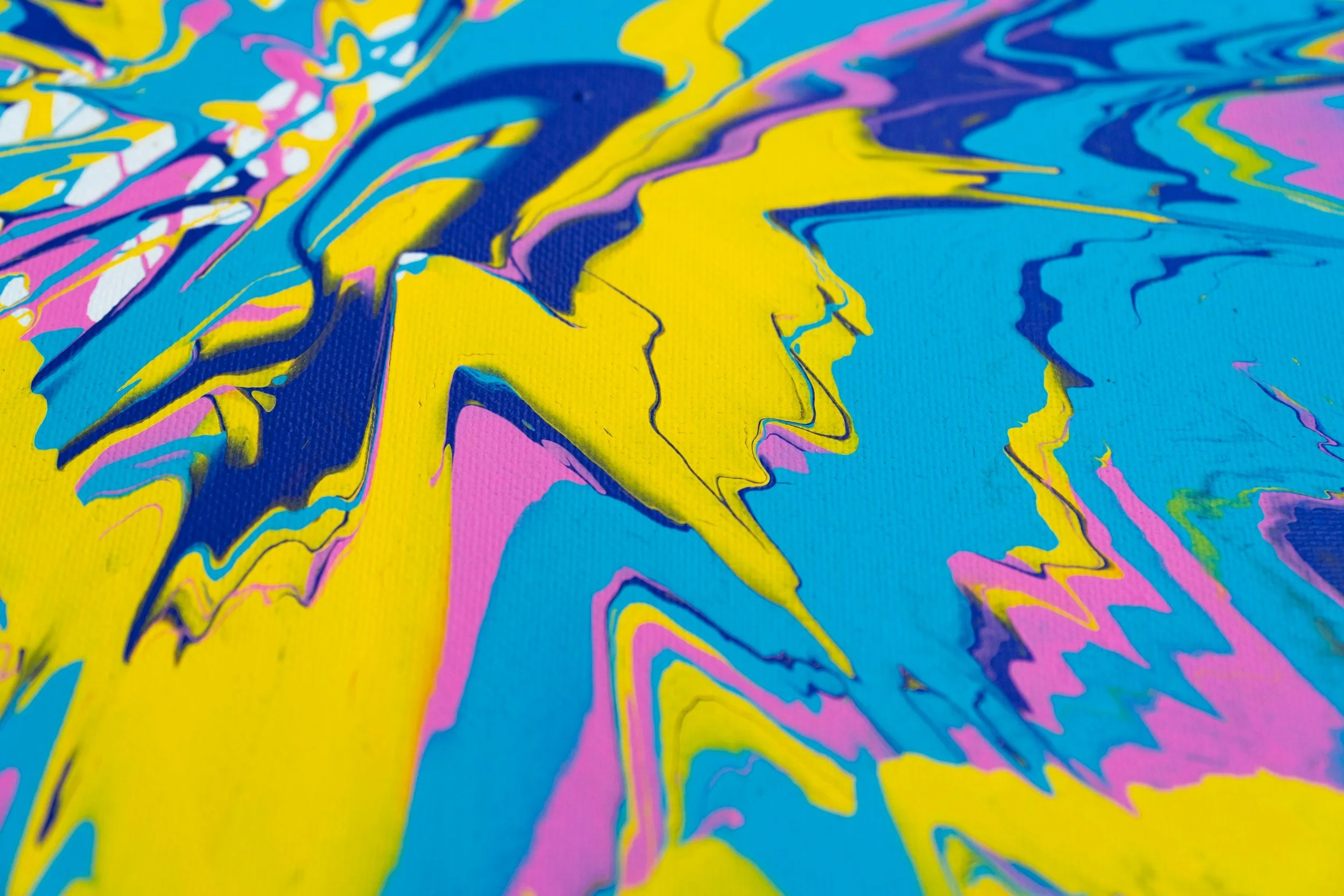Craft Constructive Context
“Want to know the single most important predictor of student success?” A former PhD, now ed-tech entrepreneur, is giving me a crash course in learning experience design. “It has very little to do with the material, actually. The most important factor in predicting student success is actually organizational context.”
He’s describing why he pays so much attention to variables beyond the curriculum, and even beyond the particular learner. His studies and experiments with educational interventions indicate that the most important parameter predicting student outcomes — more than their intelligence or other seemingly important components — is the context into which the learner returns.
At the d.school, we have long held that the environment where creative activity occurs is a foundational element of the creative process; so much so that we often refer to the space (both physical as well as emotional) as “the other teacher” in the classroom. For this reason, we work hard to establish pyschological safety, trust in teams, and candor in design reviews.
As learning experiences unfold, observers are often surprised by the frankness of critique. They assume that in a creative environment, “anything goes,” and “every idea is a good idea.” But that’s simply not true. There are bad ideas, and more importantly, there is such a thing as work performed poorly, and we see it as our responsibility to not only teach students to deliver exceptional work, but also to be able to identify when others are doing exceptional work. And when they’re not.
A recent study sheds light on the key contextual distinction that determines whether criticism unleashes creativity, or inhibits it: is the context cooperative, or competitive? “In a cooperative context, instructions encouraging criticism yielded more ideas and more creative ideas, whereas in a competitive context, encouraging criticism yielded fewer ideas and less creative ideas.”
When folks believe that everyone is rooting for them, creativity flourishes amidst criticism; when folks fear others are gunning for them, don’t be surprised if they wilt under criticism. It’s up to leaders to cultivate a cooperative environment where criticism can enhance the innovation process, as Ed Catmull does with “dailies” at Pixar…
Related: Create Psychological Safety
Related: Seek Critique
Related: Pixar’s Dailies
Join over 10,947 creators & leaders who read Paint & Pipette each week



Most organizations don’t fail at AI because of the tech. They fail because leaders reward critique over curiosity. Here’s how to flip the script before your next breakthrough dies in the room.